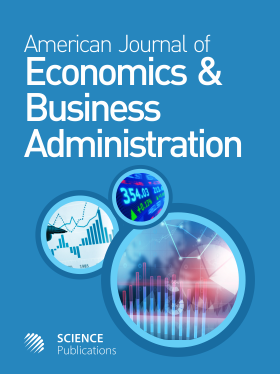An Attempt to Hit Two Birds with a Stone-How Smart a Choice?
- 1 Hidayatullah National Law University, India
Abstract
Problem statement: This study critically analyses the choice of using the concept of 'sustainable development' for achieving both International trade promotion and environmental protection at the same time. It is my submission that the hypothesis that led to synthesis of international trade's promotion and environmental protection viz., 'economic growth leads to environmental protection' has not proved correct to which time stands as a testimony resulting in an ambiguity at the time of the conflict of two leading to the concept being used as a means of deception by the developed countries. Approach: In Part I of the study, I explain as to why was a need for such synthesis felt in the first place and how was it incorporated by calling it 'sustainable development' which has all remained mere hollow talk especially in the wake of failure of CTE and mere humble achievements of Basel, CITES, Montreal Protocol and all those eight agreements which use trade regulation as a means to achieve its objective. In Part II, I answer the question as to is there a need for an alternative due to the ambiguity prevailing in the present law, in the affirmative by resorting to Environmental Kuznets Curve and highlighting that the problem of 'Pollution Havens' can be checked even by taking an alternative route. Part III deals with this 'alternative' which is to settle the debate of priority between international trade promotion and protecting Global Commons along with addressing other environmental concerns in the favor of the latter. Part IV deals with the likely arguments against the above proposition and the solution in its wake. Results: It also suggests measures to ensure that there is no 'external free riding' in this goal of restoring our environment. Part V is the conclusion which summarizes the proposition with the observation that if trade regulations are to play an even more positive role for sustainable development, a settlement of priorities is the need of the hour. Conclusion: Thus this study advocates that the debate regarding the conflict of GATT and ETMs should be settled by clearly defining it in favor of the latter rather than leaving it for WTO panel to interpret Art. XX of GATT on a case to case basis, adopt a clear policy on international use of environmental taxes and international recognition and enforcement of polluter pays principle.
DOI: https://doi.org/10.3844/ajebasp.2009.263.269

- 5,895 Views
- 3,996 Downloads
- 0 Citations
Download
Keywords
- Sustainable development
- MEAs
- international trade
- GATT
- ETMS
- environment Kuznets curve
